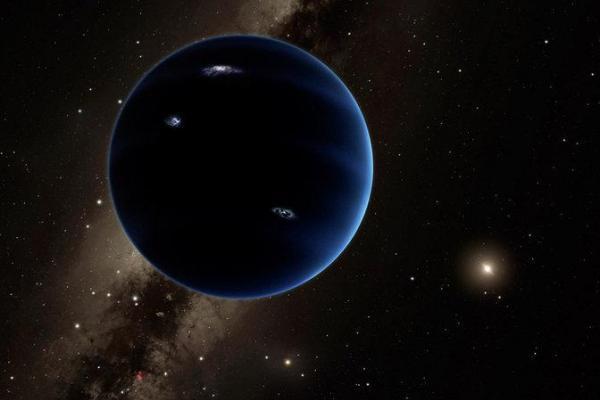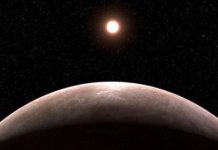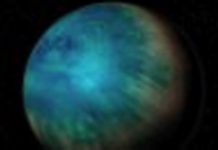
LUND, Sweden, May 31 (UPI) — New research suggests the mysterious and controversial “Planet 9” isn’t an original member of our solar system.
According to a new computer simulation developed by astronomers at Lund University in Sweden, the ninth planet is an exoplanet — stolen by the sun from its original host star.
“It is almost ironic that while astronomers often find exoplanets hundreds of light years away in other solar systems, there’s probably one hiding in our own backyard,” researcher Alexander Mustill said in a news release.
Most stars are born in clusters. The orbits of newborn stars often put them in relatively close proximity. The new simulation suggests that as our sun and another star passed by each other, the gravitational pull of our sun pulled in an exoplanet — a theft that’s gone unnoticed until recently.
It’s likely that prior to its kidnapping, Planet 9 — also known as Planet X — was bullied to the outer edges its original star system by other planets.
“Planet 9 may very well have been ‘shoved’ by other planets, and when it ended up in an orbit that was too wide around its own star, our sun may have taken the opportunity to steal and capture Planet 9 from its original star,” Mustill explained.
“When the sun later departed from the stellar cluster in which it was born, Planet 9 was stuck in an orbit around the sun.”
Researchers presented evidence of the presence of a ninth planet earlier this year in The Astrophysical Journal. Astronomers were able to infer its existence by studying the orbits of several icy objects beyond Neptune. Scientists noticed the orbits of these Kuiper belt objects, or KBOs, all feature similar anomalies.
The orbital oddities suggested the objects were all being affected by a singular source, the gravity of a large object — Planet 9.
“There is still no image of Planet 9, not even a point of light. We don’t know if it is made up of rock, ice, or gas,” Mustill added. “All we know is that its mass is probably around ten times the mass of Earth.”
Right now, the exoplanet theory is just that — a theory. More research is required to confirm the planet’s true origin.
The theory was published this week in the Monthly Notices of the Royal Astronomical Society Letters.





